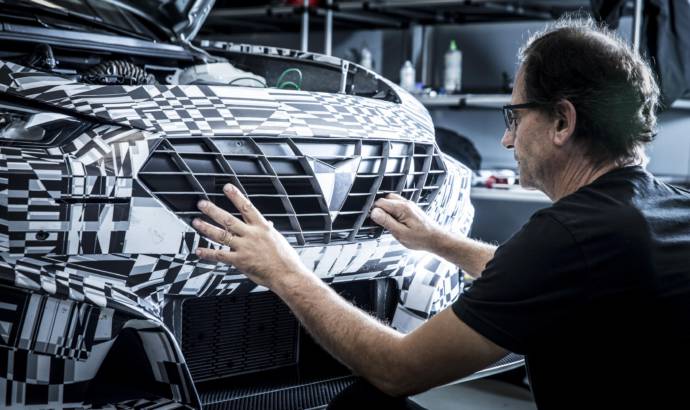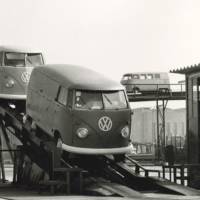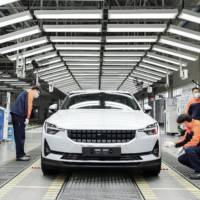Cupra is making improvements in building its cars, in order to prepare for further demand. And it has every reason to do so, as Cupra will launch new performance models soon.
A team of innovative engineers is transforming the way vehicles are developed by printing car parts.
CUPRA is using state-of-the-art multi-jet fusion technology to fashion parts in a fast and efficient way.
For its new Leon Competicion racing car, engineers at CUPRA have 3D printed the model’s door mirrors, air intakes and cooling intakes.
The process of printing a mirror can take around 20 hours, but CUPRA can print six at a time, giving the team the ability to create different designs simultaneously. This means CUPRA can quickly test the varying prototypes in a wind tunnel to find out which is best for aerodynamics.
When taken to this controlled environment, the printed parts are fitted to the car and face winds of more than 180mph while sensors study the impact on individual surfaces. The car’s resistance data is displayed on screen where engineers and designers compare the results for the different printed parts.
The final development of the 3D printed parts was on a racing circuit, with CUPRA testing the Leon Competición on the Portimao track in Portugal.
So far, CUPRA has been printing parts for its Leon Competición – its 180mph 335bhp, 2.0-litre touring car inspired by the new Seat Leon family hatchback – and the e-Racer, an electric touring car which does 0-60mph in 3.2 seconds.



